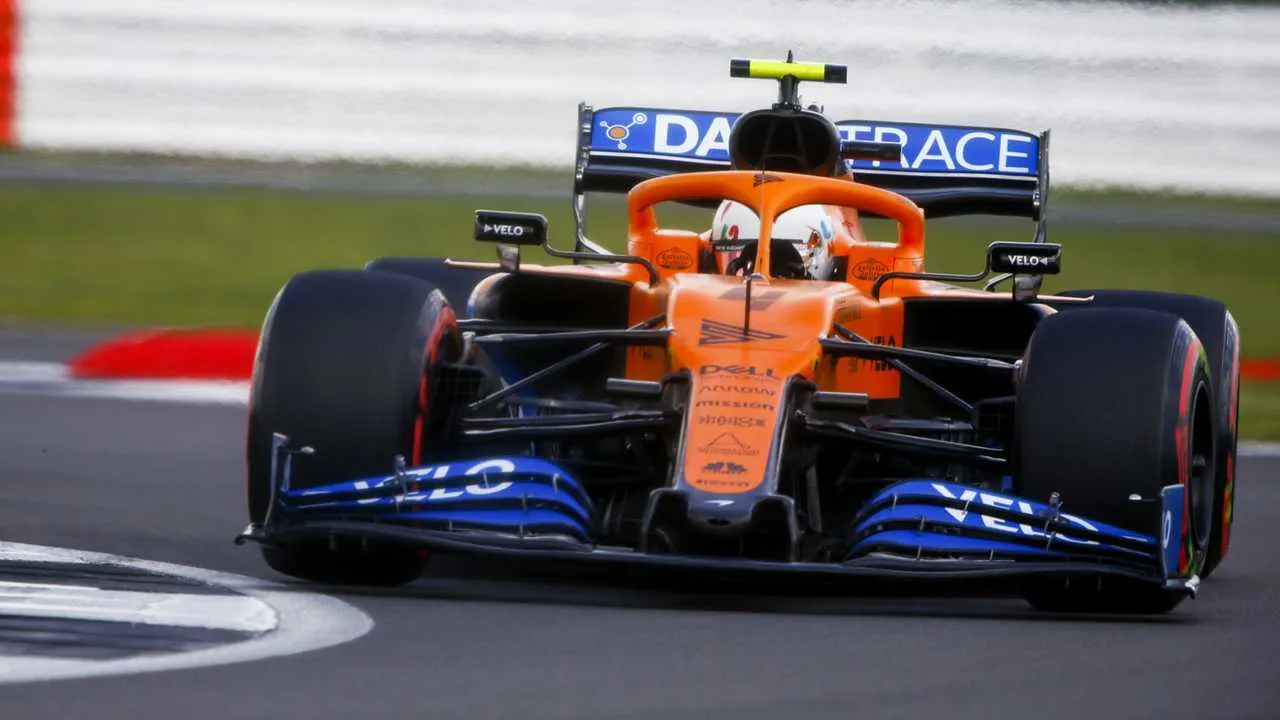The world of Formula 1 is undergoing a radical transformation with the new regulations that will come into effect in 2026. Thanks to revolutionary changes to the car’s structure and engines, the new generation of cars will push the 400 km/h limit on the straights. This increase is made possible by more powerful electric motors and advanced active aerodynamic systems.
Formula 1 will push the 400 km/h mark
Mercedes team principal Toto Wolff emphasizes the potential of the new cars, saying, “We’re reaching almost 400 km/h at full power.” Aston Martin reserve driver Felipe Drugovich describes the acceleration out of corners as, “You feel like you’re sitting on a rocket.”

According to information released by the Fédération Internationale de l’Automobile (FIA), the 2026 model cars will be shorter, narrower, and more compact than those of today. Front and rear wing designs are changing, and some components are being removed entirely. Active aerodynamic systems, which significantly reduce air resistance on the straights, will also be used.
There are also significant innovations on the powertrain front. The internal combustion engines will produce 575 horsepower, while the electric motors will produce 475 horsepower. This combination will provide the cars with the highest torque in F1 history. However, this increased speed comes at a cost.
Cornering speeds will decrease due to reduced downforce and narrower tires. Drivers will have greater control over energy and battery management, which play a decisive role in race tactics.
This new era is not only shattering speed records (the current F1 top speed record was set by Valtteri Bottas in 2016 at 378 km/h), but it is also fundamentally changing racing strategies.













